In Association with First Choice
Easter Traditions in Other Countries
I’ve been living in the UK for 15 years now, originally from Canada and for the most part Easter and the traditions around it are fairly similar; people giving up things for Lent, attending church, decorating Easter Eggs, a visit from the Easter Bunny, overindulging in chocolate, making Easter Bonnets and of course you can’t forget the Hot Cross Buns.
For us as a family it’s more about the celebration of the beginning of spring. We enjoy decorating Easter Eggs and we always have a small Easter Egg Hunt at home and on occasion join in more organised Easter Egg Trails elsewhere. I think it’s the only day of the year she’s allowed to eat chocolate before breakfast.
I always thought the Brits were a bit odd!
However, I have discovered one rather strange Easter Tradition here in the UK and that is the annual Pancake Race on Shrove Tuesday. Pancake Day wasn’t new to me, as historically people had pancakes to use up all of the rich ingredients such as butter, eggs and sugar that they were giving up for Lent, but competitively racing through the streets with a frying pan definitely was.
Apparently, this tradition originated when a housewife was so busy making pancakes that she forgot the time and when she heard the church bells she ran out of the house still carrying the frying pan.
This got me thinking about other slightly bizarre Easter Traditions around the world.
Luckilly in this day and age it has been easier than ever to reach other countries for Easter, for example First Choice or Thompsons offer flights to countries like Portugal, Spain and Greece, all of which celebrate Easter too.
9 Strange Easter Traditions from Around the World
1) In parts of North East England and Scotland they roll decorated Easter Eggs down a hill to see which one cracks first.
2) In Poland, they have a tradition of using a mold to create Butter Lamb Sculptures which are presented in decorative bowls or baskets and symbolize the ‘Lamb of God’.
3) In many places in Greece, including Crete, the children spend the day collecting materials for a bonfire and then after Midnight Mass on the Saturday the light an effigy of Judas.
4) I don’t fancy being a female in Slovakia. The girls are chased through the streets while the males whip them with sticks made from willow branches. Apparently this ensures fertility and beauty. Sounds a tad barbaric to me.
5) You won’t find the Easter Bunny in Australia, where bunnies are deemed to be pests, instead you will find Chocolate Bilbies. Australians use this as an opportunity to build awareness for this endangered species.
6) In Hungary, they are partial to a giant water fight where the men throw water on women dressed in traditional clothes.
7) Easter in Finland, look a lot like Halloween in other parts of the world. The children scour the streets looking for treats while dressed as witches with brooms.
8) The Germans take the opportunity to mark the end of winter and beginning of spring by burning their Christmas trees!
9) And I always thought New Zealanders were gentle easy going people, but instead of an Easter Egg Hunt they partake in The Great Easter Bunny Hunt where hunters join together in teams and shoot as many bunnies as they can.
Some of these look like great fun and others slightly cruel. I think we’ll stick to eating chocolate and wishing for Spring.
Click here for Full Disclosure Policy




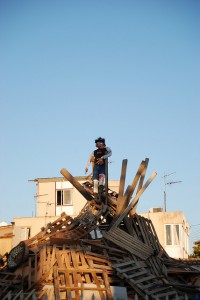
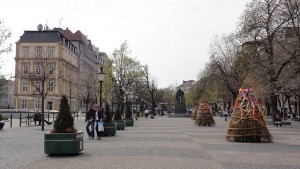






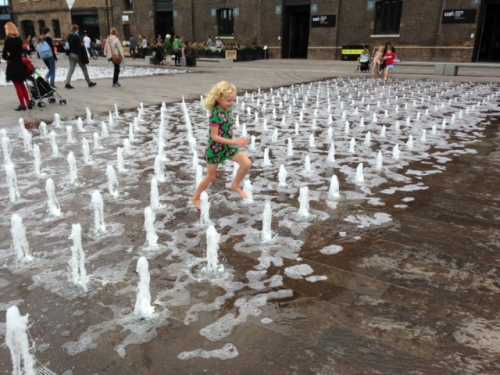
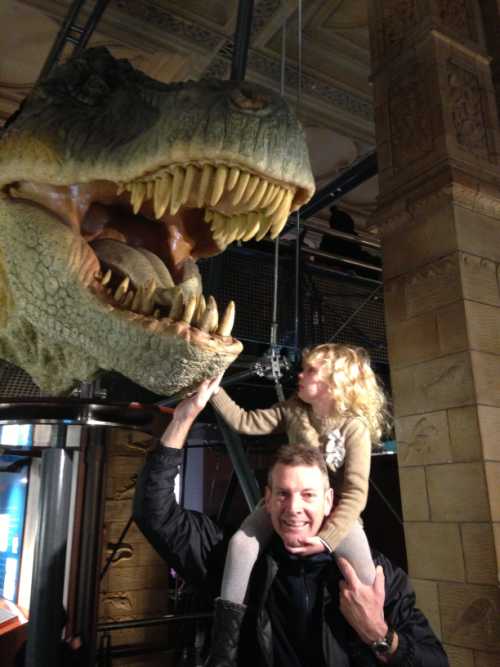

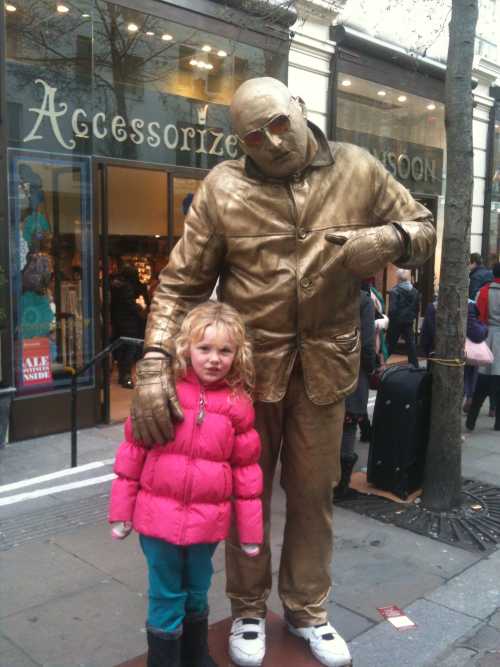
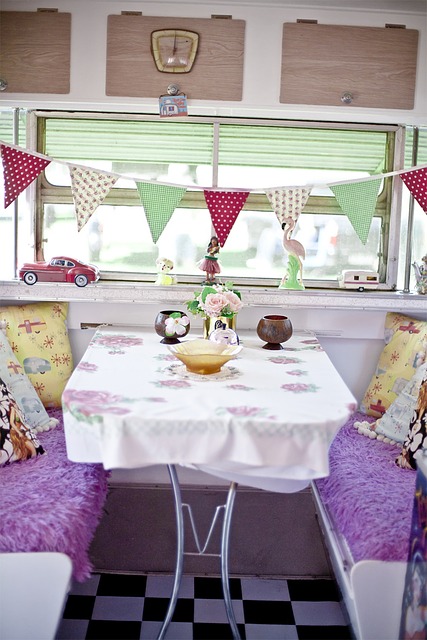 Hello. Where is the caravan site? That is quite possibly the most important question you could end up asking if you’re heading off to France with your caravan.
Hello. Where is the caravan site? That is quite possibly the most important question you could end up asking if you’re heading off to France with your caravan.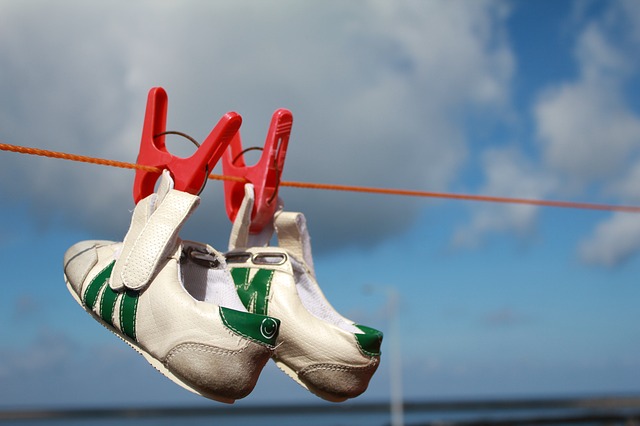 This often means you are to rise at least an hour earlier than them – packed lunches won’t prepare themselves, gym kits won’t magically jump from the fresh laundry pile and into a bag and unfortunately, shirts don’t seem to come crease-free.
This often means you are to rise at least an hour earlier than them – packed lunches won’t prepare themselves, gym kits won’t magically jump from the fresh laundry pile and into a bag and unfortunately, shirts don’t seem to come crease-free.